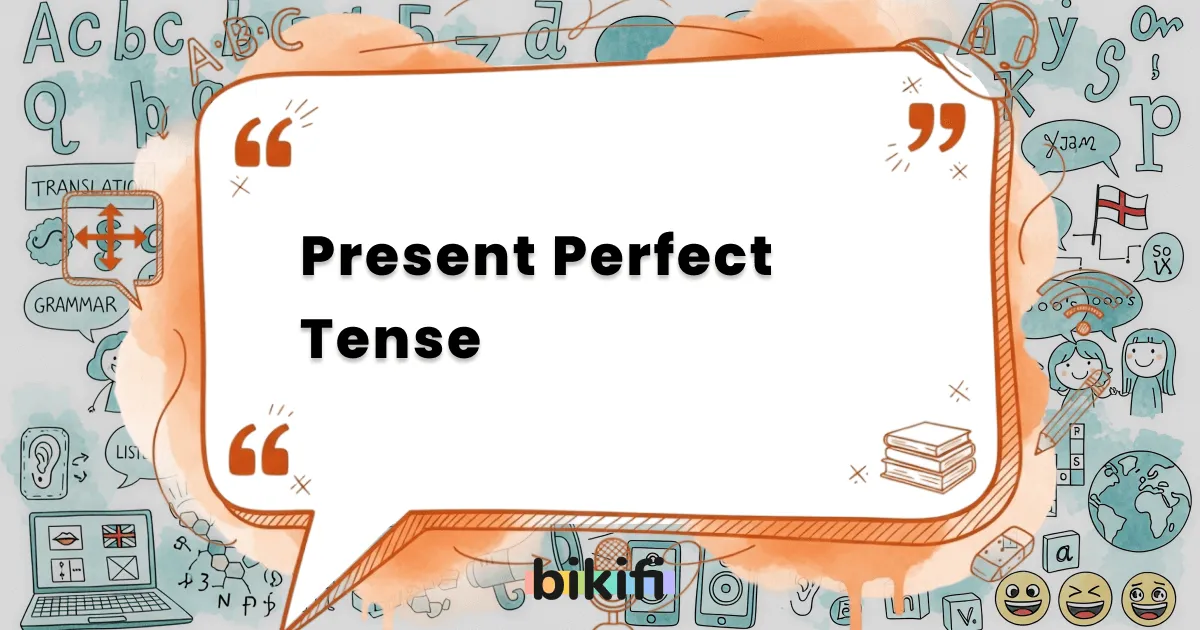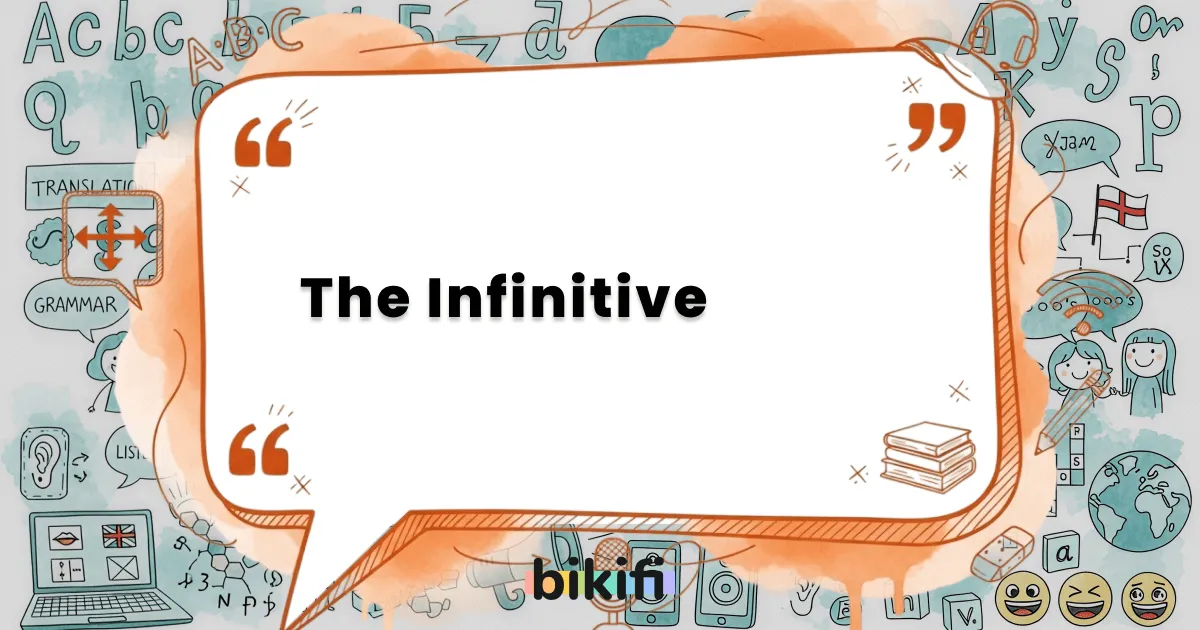Past Continuous Tense Cümle Yapısı
Past continuous tense’de yardımcı fiil “-was, -were” kelimeleridir. Aynı zamanda fiile “-ing” eki eklenir.
| Affirmative | Negative | Interrogative |
|---|---|---|
| I was playing | I was not playing | Was I playing? |
| You were playing | You were not playing | Were you playing? |
| He was playing | He wasn’t playing | Was he playing? |
| We were playing | We weren’t playing | Were we playing? |
| They were playing | They weren’t playing | Were they playing? |
Olumlu Cümle
Olumlu cümlelerde yapı “subject (özne) + was/were + verb + ing” şeklindedir.
- She was reading.
- We were studying.
Olumsuz Cümle
Olumsuz cümlelerde yapı “subject (özne) + was/were + not + verb + ing” şeklindedir.
- She wasn’t reading.
- We were not studying.
Soru Cümlesi
Soru cümlelerinde yardımcı fiile ile özne yer değiştirir ve yapı “was/were + subject (özne) + verb + ing” şeklinde olur.
- Was she reading?
- Were we studying?
Past Continuous Tense Kullanım Alanları
1) Genellikle hikayelerde betimlemeler yapılırken kullanılır:
- The sun was shining and the birds were singing as the elephant came out of the jungle. The other animals were relaxing in the shade of the trees, but the elephant moved very quickly.
2) Başka bir eylem tarafından kesilen/bölünen bitmemiş eylemleri anlatırken (bu eylemlerin geçmiş zamanda geçmesi lazım):
- I was having a beautiful dream when the alarm clock rang.
- They were waiting for the bus when the accident happened.
- I was watching TV when she called.
- While I was writing the email, the computer suddenly went off.
- While John was sleeping last night, someone stole his car.
Bilgi kutusu: Daha uzun olan eylemi yarıda kesen kısa eylem genellikle “simple past tense” ile ifade edilir.
3) Fikir değişikliklerini belirtirken kullanılır:
- I was going to spend the day at the beach but I’ve decided to get my homework done instead. (Günümü sahilde geçirmeyi planlamıştım; fakat onun yerine ev ödevimi bitirmeye karar verdim.)
4) Daha kibar sorular yaratmak için “wonder” kelimesiyle birlikte kullanılır:
- I was wondering if you could baby-sit for me tonight. (bu akşam bebek bakıcılığı yapıp yapamayacağını merak etmiştim.)
5) (Aslında bu kuralı 2. kullanım tarzının içinde de değerlendirebiliriz) Aynı cümlede 2 “past continuous tense” ile oluşturulmuş aksiyon varsa; bu iki aksiyonunda (geçmişte) aynı anda gerçekleştiğini gösterir. Bu duruma paralel eylemler denir:
- I was studying while he was making dinner.
- Were you listening while he was talking?
- What were you doing while you were waiting?
- Thomas wasn’t working, and I wasn’t working either.
6) (bakınız present continuous tense 5. madde ) Geçmişte gerçekleşen, tekrar eden eylemlerin tekrar eden kısımlarını anlatmak veya belirtmek için (always (her zaman), forever (daima), constantly(sürekli)) gibi zarflarla birlikte kullanılır:
- She was always coming to class late.
- He was constantly talking. He annoyed everyone.
- I didn’t like them because they were always complaining.
Remember Mixed Verbs
İngilizcede bazı kelimeleri (aksiyon belirtmedikleri, durum belirttikleri için) “Past Continuous Tense” de kullanamayız. Bu tür kelimelere “mixed verbs” ve “Non-Continuous Verbs” denir. Bu kelimeleri “Simple Past” a göre çekimleriz.
- Jane was being at my house when you arrived. Not Correct
- Jane was at my house when you arrived. Correct
“Non-Continuous Verbs” dediğimiz kelimeler şunlardır. Bu kelimelerin hiç bir anlamı continuous tenselerinde kullanılamaz:
- Soyut kelimeler: to be, to want, to cost, to seem, to need, to care, to contain, to owe, to exist…
- Sahiplik bildiren kelimeler:to possess, to own, to belong…
- Duygusal kelimeler: to like, to love, to hate, to dislike, to fear, to envy, to mind…
“Mixed Verbs” dediğimiz kelimelerin birden çok anlamı vardır. Bu anlamlardan biri şimdiki zamanda kullanılamaz; ancak diğer anlamları kullanılabilir. Bu kelimeler şunlardır:
- to appear, to feel, to have, to hear, to look, to see, to weigh…













